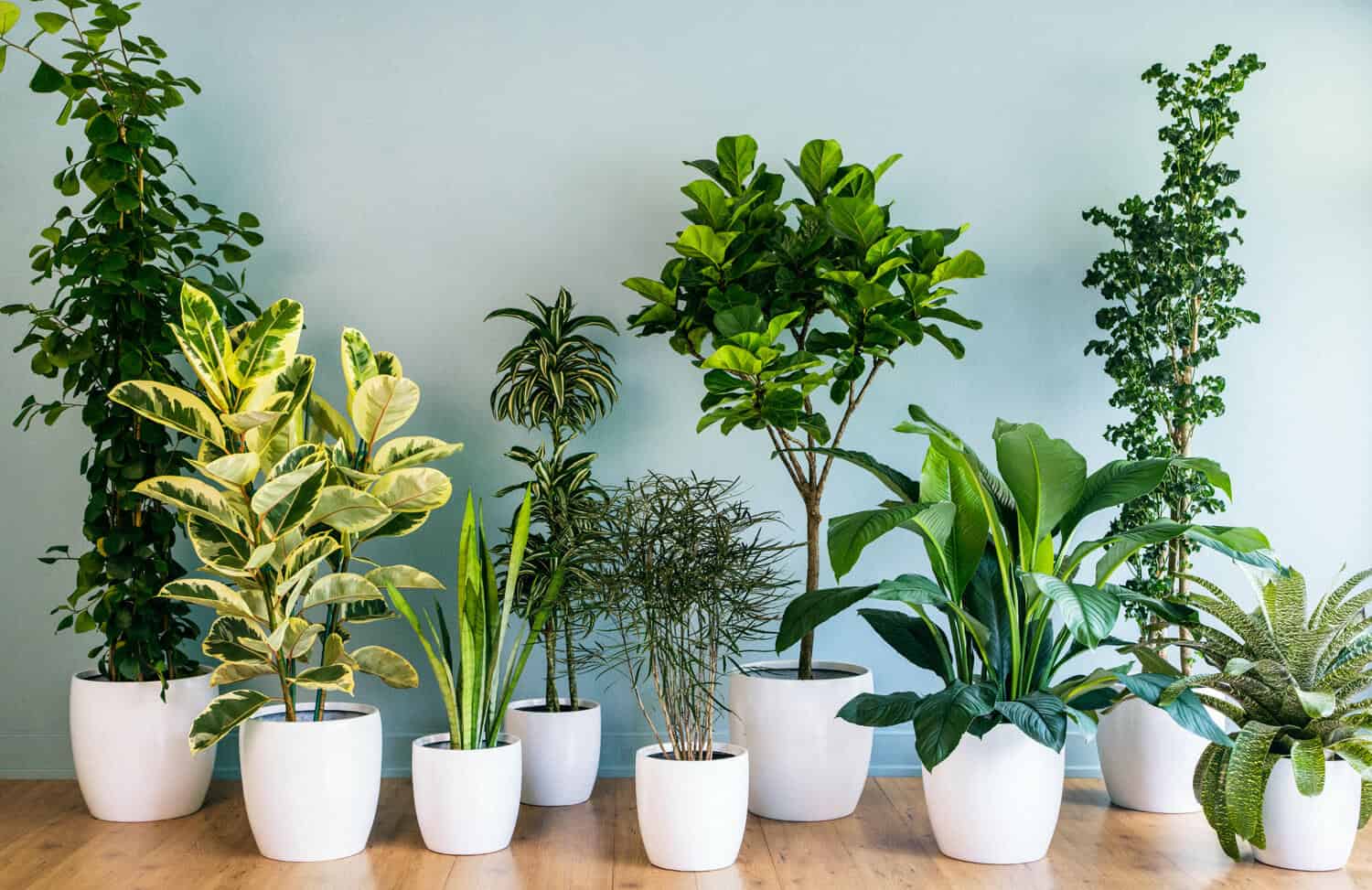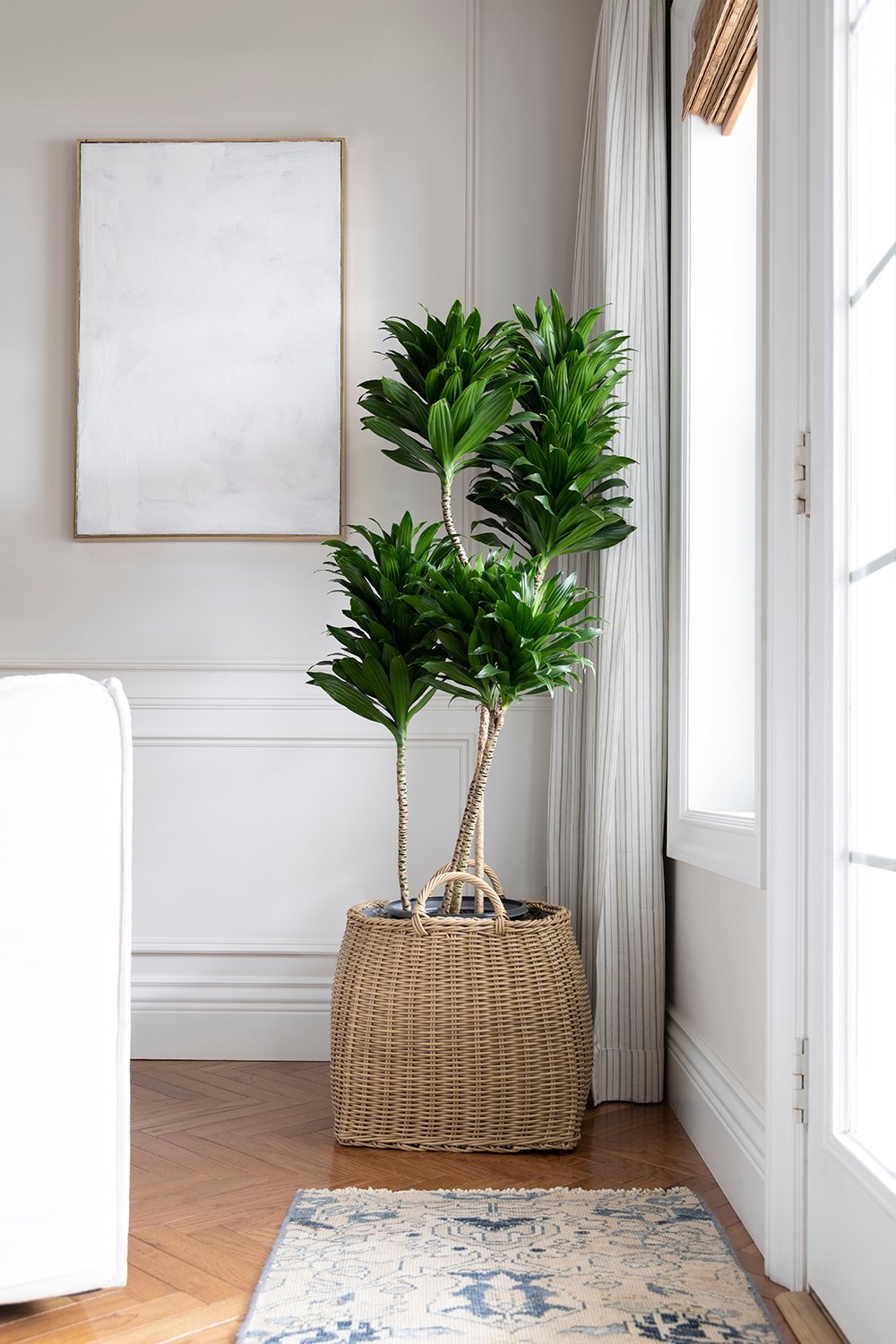The Best Low-Light Indoor Plants That Require Minimal Care and Attention
The Best Low-Light Indoor Plants That Require Minimal Care and Attention
Blog Article
Discover the Tricks of Low-Light Indoor Plants and Exactly How They Boost Your Setting
Low-light interior plants have garnered increasing focus for their special capability to enhance both visual charm and environmental top quality within work environments and homes. These resilient varieties, including the Serpent Plant and Tranquility Lily, not only grow in difficult lighting problems but additionally play an essential role in air filtration and emotional health.
Benefits of Low-Light Indoor Plants
Although numerous individuals presume that indoor plants call for abundant sunshine to flourish, low-light interior plants use a wide variety of benefits that make them suitable for different settings. One of the key advantages is their flexibility; they can thrive precede with limited all-natural light, such as offices, basements, or areas with little home windows. This feature permits individuals to boost their surroundings with plant, adding to improved aesthetic appeals without the demand for comprehensive lights modifications.
Additionally, low-light interior plants can significantly improve indoor air top quality by filtering damaging contaminants and launching oxygen, making living spaces healthier. The visibility of plants has actually been connected to better feelings of peace and focus.
In addition, low-light plants frequently need much less upkeep than their sun-loving counterparts, making them optimal for hectic people or those new to gardening. Their strength allows them to flourish with minimal intervention, therefore supplying a gratifying experience for plant fanatics and newbies alike. In recap, low-light indoor plants serve both practical and aesthetic functions, making them important additions to any type of space.
Leading Low-Light Plant Ranges
Low-light interior plants can be found in a selection of types, each offering distinct characteristics and advantages matched for dark atmospheres. Among the most popular selections is the Serpent Plant (Sansevieria), recognized for its architectural leaves and air-purifying capabilities. This resistant plant thrives on forget and can tolerate a variety of light conditions.
An additional exceptional selection is the ZZ Plant (Zamioculcas zamiifolia), which includes shiny, dark green fallen leaves and is very drought-tolerant. Its flexibility makes it a preferred for offices and homes with restricted sunlight.
The Pothos (Epipremnum aureum) is likewise a leading challenger, with its trailing vines and heart-shaped leaves - Best low-light indoor plants. This versatile plant can be educated to climb or cascade, adding visual interest to any kind of area

Treatment Tips for Low-Light Plants
Taking care of low-light interior plants needs a nuanced understanding of their certain requirements to guarantee ideal growth and vigor. First, it is necessary to select the right potting mix, as a well-draining soil is important to avoid root rot. A blend created for houseplants, typically having peat moss and perlite, works well for most low-light selections.
Watering is one more crucial element of care. Low-light plants usually need much less regular watering compared to their sun-loving counterparts. It is suggested to examine the leading inch of soil; if it feels completely dry, it's time to water. Overwatering can bring about problems such as mold and mildew and origin degeneration.
Fertilization should be come close to with care. Throughout the growing period, a diluted fluid plant food can be applied monthly, however in cold weather, lots of low-light plants go into inactivity and call for little to no fertilization.
Finally, it is essential to regularly clean the fallen leaves to get i loved this rid of dust, enabling for better light absorption. By sticking to these treatment suggestions, you can grow a successful environment for your low-light indoor plants, enhancing both their appearance and long life.
Enhancing Air Quality With Plants
Indoor plants play a substantial function in enhancing air quality within homes and office. With the process of photosynthesis, these plants soak up co2 and release oxygen, adding to a healthier atmosphere. Furthermore, specific low-light indoor plants possess the capacity to filter hazardous toxins, such as benzene, formaldehyde, and trichloroethylene, which are generally found in indoor atmospheres.

Moreover, the existence of indoor plants can raise humidity degrees, which helps reduce completely dry skin and respiratory problems, even more improving general health. This capacity to improve air quality not only advertises physical wellness yet likewise sustains psychological health.
Incorporating low-light interior plants into your living and functioning rooms can lead to an extra vivid and stimulating setting (Best low-light indoor plants). Buying these natural air cleansers is a straightforward yet reliable technique for boosting interior air quality and promoting a much healthier lifestyle
Producing a Peaceful Indoor Room
The combination of plants right into living rooms not only improves air top quality however additionally adds to a relaxing ambience. Low-light interior plants, such as snake plants and pothos, are particularly efficient in creating a tranquil atmosphere, as they thrive in conditions that may or else be inhospitable for various other greenery. Their rich foliage provides a calming visual, minimizing stress and anxiety and promoting leisure.
Including these plants right into your home or office can evoke a feeling of peace and health. Strategically positioning them in locations where you invest significant time, such as living workspaces or rooms, permits an immersive experience with nature, official website which has been shown to improve mood and cognitive feature.
In addition, the mild activity of fallen leaves in reaction to airflow can create a vibrant visual aspect that boosts the overall setting. Take into consideration utilizing over at this website a range of plant heights and appearances to add deepness and rate of interest to your area. With thoughtful positioning and treatment, low-light interior plants can transform any location into a serene shelter, promoting not just aesthetic complete satisfaction but mental and additionally psychological wellness.

Final Thought
Integrating low-light interior plants into numerous settings yields significant advantages, consisting of enhanced air high quality and boosted aesthetic charm. The transformative power of low-light plants emphasizes their worth in boosting both household and work setups.
Although numerous people think that indoor plants require abundant sunshine to grow, low-light indoor plants provide a multitude of benefits that make them ideal for various atmospheres.Additionally, low-light interior plants can substantially boost interior air top quality by releasing and filtering unsafe toxic substances oxygen, making living areas healthier. In addition, certain low-light interior plants have the ability to filter hazardous pollutants, such as benzene, trichloroethylene, and formaldehyde, which are generally discovered in indoor environments.
Low-light interior plants, such as snake plants and pothos, are particularly effective in producing a tranquil atmosphere, as they grow in conditions that may or else be unwelcoming for other plant.Integrating low-light indoor plants right into different environments returns significant advantages, consisting of improved air quality and improved visual appeal.
Report this page